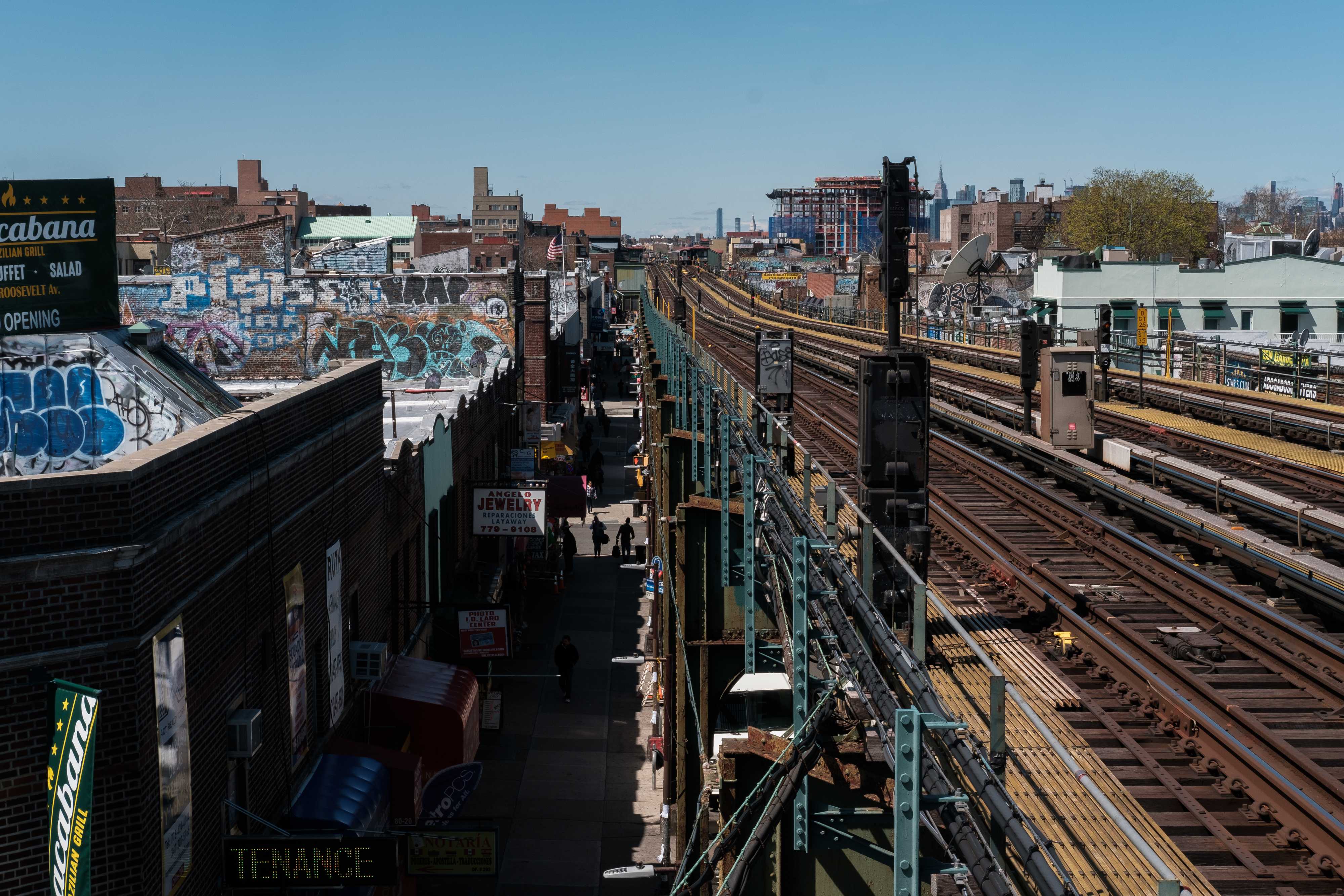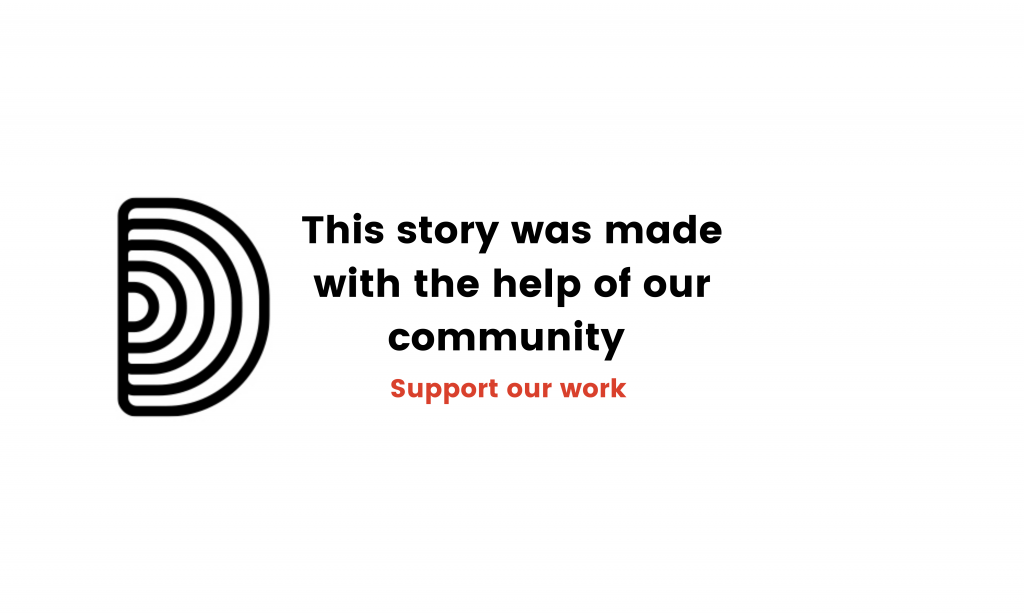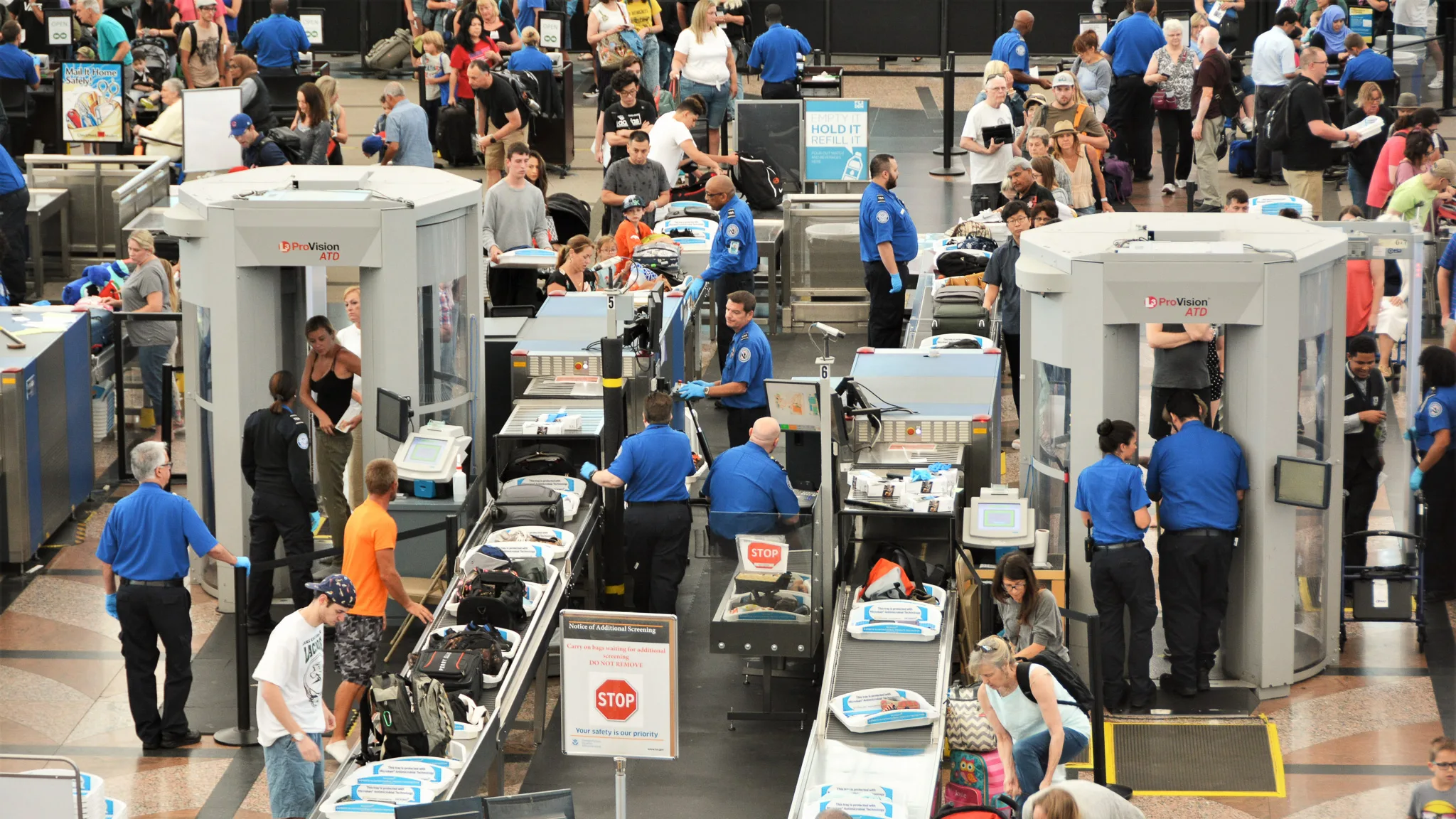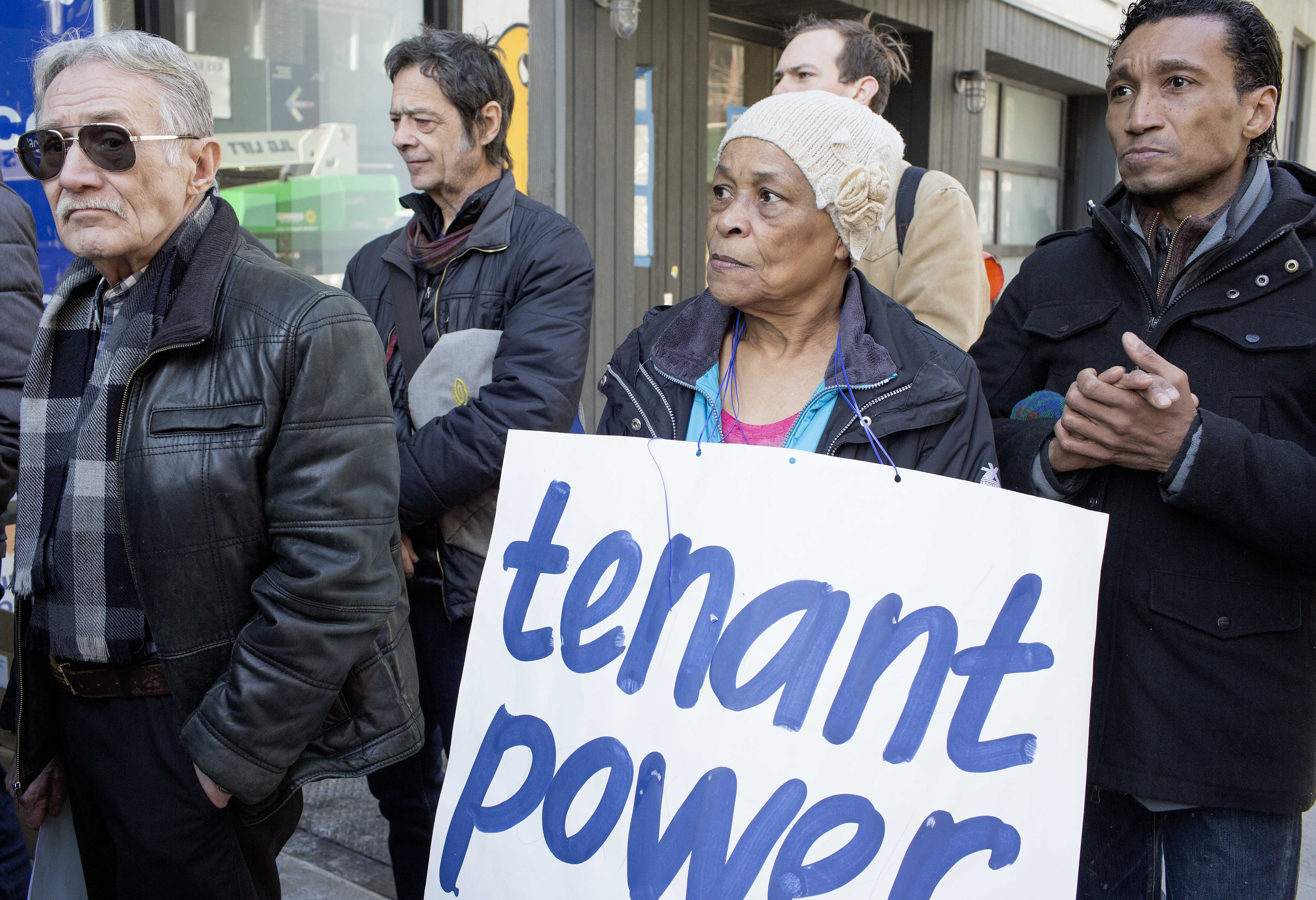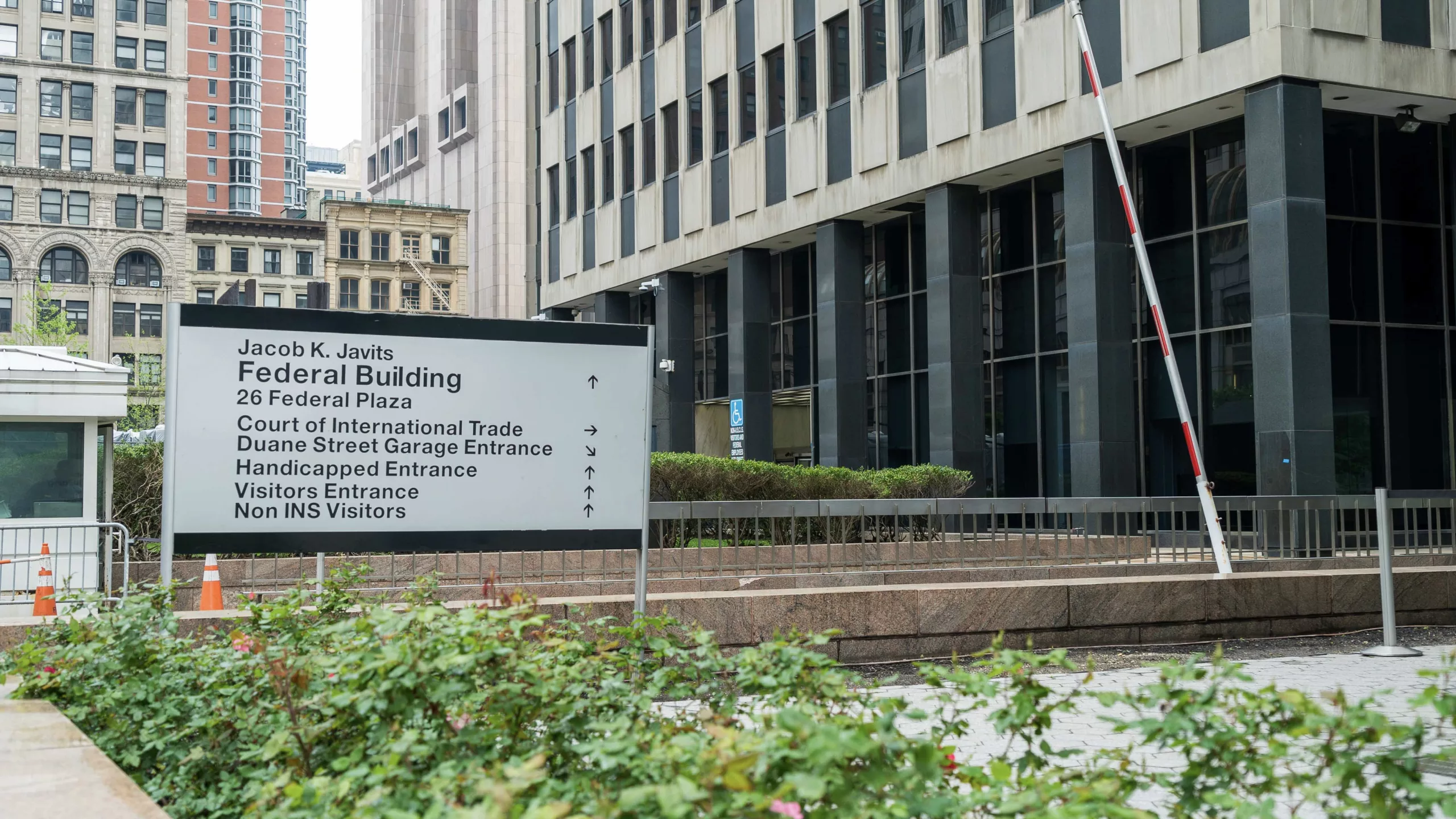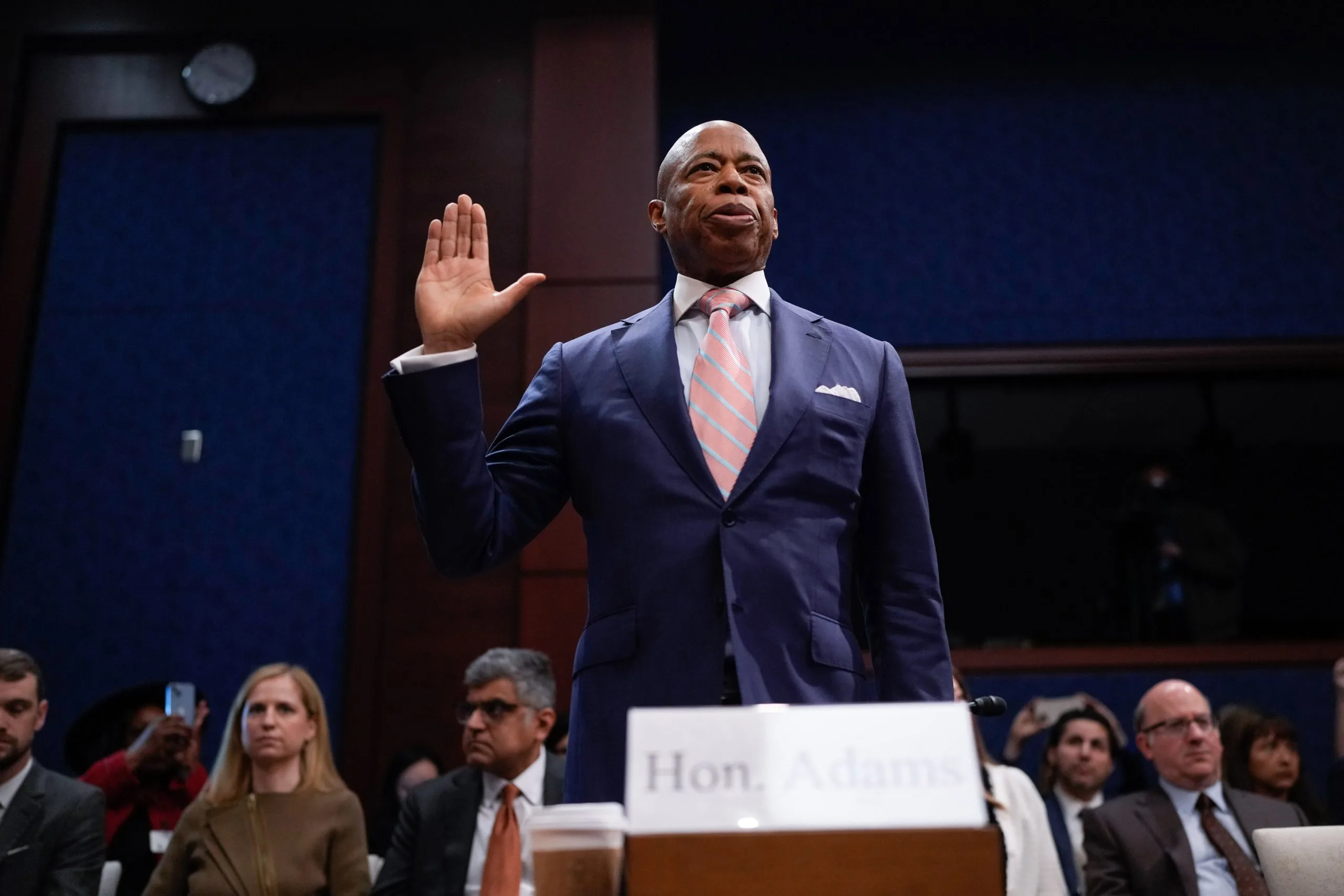For the last two years, 49-year-old Maria Fernandez has worn many hats. In addition to being a mother of two and the sole breadwinner for her family of five, she has had to act as the caregiver for her ailing husband who continues to battle severe complications from diabetes. For nearly a year he has been hospitalized. To make matters worse, Fernandez, a domestic worker by trade, was suddenly laid off in March of 2020 due to the pandemic.
Without a steady income, it grew exceedingly difficult to pay the $1,660 a month in rent for their cramped East Harlem studio apartment and continue to foot the bill for her husband’s mounting medical expenses.
“Sometimes it’s so difficult for us to make ends meet that he goes without any of the medications he needs to be taking,” she said.
As the months went on, Fernandez’s debt began to mount, growing to $28,220. During this time, she also faced constant harassment from her landlord to pay the back rent, she said. He threatened to evict her family if she failed to pay and began illegally adding late fees on her rent bills and refused to respond to their repair needs, she said.
“We have been unemployed for so long we have a difficult time paying rent,” she says. “We are scared and consistently living in fear, therefore we are desperately in need of help.”
That help for immigrants like them seemed to come in June, when after a long delay, New York State’s $2.7 billion federally-funded rental assistance program (ERAP) went live. The program promised to pay up to 15 months in back rent. By the end of the program’s first month the Office of Temporary and Disability Assistance (OTDA), the agency that manages ERAP, was flooded with applicants, receiving 119,209 applications in June alone. Throughout June, OTDA prioritized applicants like Fernandez who are from lower-income households with at least one household member who’s unemployed. In the months afterward, all applications were reviewed on a first-come, first-served basis. Yet, as immigrants bore the brunt of the pandemic, with half experiencing unemployment, many immigrants like Fernandez feel that the rental assistance program does little to prioritize their needs if not discourages them completely.
Within the first two weeks, Fernandez wasted no time in applying for help. But like many New Yorkers, she found navigating the process to be a gargantuan undertaking. In addition to the application being tedious and time-consuming, the website was filled with technical glitches that made retrieving the saved application impossible. Despite the challenges, Fernadez was able to submit most of the documents, but ultimately was not able to contact her landlord. Part of the application process required tenants to submit a letter from the landlord verifying that they are in need of rental assistance.
Also read: COVID-19 is Creating More Homeless Undocumented Immigrants in New York
Fernandez’s case is far from unique. Several tenants and community organizations Documented spoke to describe an application process that is plagued with pitfalls that fundamentally bar immigrants and other vulnerable communities from accessing the rental assistance. With the state’s rent moratorium ending as of August 31st, they criticize the state’s snail pace response to fixing the technical issues and distributing the funds. According to the research group National Equity Atlas, over 830,000 households in the state are behind on rent. Additionally, the New York metro area has the highest share of renters with outstanding debt. The researchers also found that among households with rent debt, 81 percent are low-income households and 66 percent are renters of color, with 53 percent currently unemployed. Yet, as of last Monday, the state received an additional 160,000 applications but has thus far only distributed a meager $117,000 to tenants.
With the help of Movement for Justice in El Barrio (MJEB), a local community organization, Fernandez and MJEB were told by OTDA not to worry and that they will contact the landlord on her behalf. Relieved to have submitted the application, she began to relax. Then last Monday, she received a letter in Spanish stating that her application is incomplete and still needs additional documents but did not specify which ones. Exhausted by the process, she doesn’t know what else they want from her.
“It begs the question why are they doing this to us?,” she said. “Is this a form of discrimination against us? I really don’t know why this is happening to me.”
Even if the money was being distributed quickly, many are having a hard time just completing the application. Among many of the issues community groups and tenants described, by far some of the most common were website technical glitches, the lack of a mail-in option for those without access to computers, and the requirement that tenants track down their landlord, as was the case with Fernandez.
Naomi Rojas from Elmhurst, Queens also had difficulty contacting her landlord. With $13,800 in back rent owed, she wanted to apply the first week the application was open. It took 20 days for the landlord to give her the documents she needed and was forced to submit it in mid-June.
“When she started I had all the documents ready but I was not able to get the letter from my landlord. He kept promising me he was going to get it but he would delay it.”
However, now that she applied she is still uncertain if she will get any help.
“I feel a little relieved that I have applied but I’m still concerned about if I submitted all the documents I had to because you never know what they will say.”
In addition to Fernandez, 11 other tenants that Juan Haro, an organizer with MJEB, works with have also gotten similar letters stating they have incomplete applications even though they had completed their applications. Many were forced to fill out a second application because they could not retrieve their saved application. When Haro contacted OTDA regarding the issue he was told not to worry.
“We were told to start the application from scratch and that’s what we did but now people are getting letters saying that basically that the entire application process has been paralyzed.”
Also read: AAFE, a Nonprofit and One of Chinatown’s Largest Landlords, Has a Troubling Record
Like Fernandez, 36 year Vanessa Gil has found the application process daunting. Gil, an immigrant from Santiago, Dominican Republic, has struggled throughout the pandemic to provide for her two daughters. A single mother, she was laid off from her daycare job in April of 2020. Without a job and unable to apply for unemployment because of her undocumented status she was not able to pay the $640 a month in rent for the single room she shared with her daughters in the Bronx. She was able to get by thanks to the generosity of family and food pantries.
“It was very upsetting during the pandemic because of everything that was going on but it was also depressing because I didn’t have the money to pay the rent.”
Eager to pay the $3,500 in back rent, but without a computer and home, she applied at her friend’s house. However, from the start, she found the application hard to navigate.
“One of the problems was that I couldn’t understand the steps and how to do it basically,” she said. “ The system was very confusing.”
Within 10 minutes into the application, Gil realized that she didn’t qualify for the program because her name wasn’t on the lease. She tried calling the hotline several times to explain her situation but she was left on hold for an hour and a half without anyone ever answering, she said.
“I feel the program is failing people like me and my community. Everyone is a human being and should receive the same benefits and the same treatment.”
Jennifer Hernández, lead organizer at Make the Road New York, says that cases like Gil’s, where tenants rent rooms or sublease from leaseholders, are common in communities of immigrants and that the rental assistance program fails to address those kinds of tenants’ needs.
“Those are tricky situations because there is no guidance on how to handle that.”
According to Hernández, over 5,000 people, mainly immigrants, have contacted Make the Road seeking information about the rental assistance program. Many have had difficulty applying on their own and are seeking help. The sheer number of inquiries has taken much time and energy, but Hernández believes that the number of people who are applying is still way too low.
“If this application process was easier the numbers would be way higher. It’s wasting a lot of time for people who need [rental assistance] that they will become frustrated by the process and give up on it.”
Also read: Landlords Are Threatening Renters, Despite the Eviction Moratoriums
At Chhaya Community Development Corporation in Jackson Heights, Queens, Executive Director Annetta Seecharran says part of the problem is the lack of computer access and internet literacy among immigrant communities in the City.
“The biggest obstacle here is the digital divide, hence a lot of immigrants need an organization like Chhaya in order to navigate the rental assistance program,” she says. “Oftentimes the translations do not translate fully for a lot of folks and they still have a lot of questions.”
Nationally, one-tenth of immigrant Latino families had no access to the internet, far greater than 7 percent of U.S.-born Latinos without internet access and twice the rate of non-Hispanic Whites. In New York, 500,000 households have little or no internet access, with the majority concentrated in low-income immigrant neighborhoods. The digital divide and the lack of a mail-in application option for those lacking internet have caused organizations such as Chhaya to be spread thin which will ultimately leave people behind.
“We are one small organization with a very small contract to help far more people than we have the capacity to help,” she said. “Who’s going to help these people navigate this process? This is a big concern right now.”
In a statement to Documented, Justin Mason, Digital Information Officer of OTDA, defended the agency’s and the state’s handling of the program in light of the challenges the pandemic has caused but declined to divulge the number of applications that have been completed or approved.
“We undertook an unprecedented effort to establish partnerships with local governments across the state to ensure community-based organizations provide outreach and application assistance while also coordinating with the localities that received rent relief funds directly from the federal government to leverage resources, gain efficiencies, and prevent fraud. More than 100,000 completed applications have been submitted for ERAP and the application process continues.”
In light of the facts about the state’s handling of the program, several lawmakers have been calling for OTDA to be held accountable. During a recent press conference, Sen. Chuck Schumer slammed the governor and OTDA for its handling of the program.
“Thousands and thousands of New York tenants could be deprived of critical rent relief checks if the state doesn’t move more quickly on getting this money out,” Schumer said. “I am formally asking [OTDA] to move heaven and earth to fix the mess, pick up the pace and get this federal money out the door before it’s too late for tenants and landlords.”
In response, during a Monday press conference, Gov. Cuomo vowed to relax documentation requirements for tenants and landlords as well as respond to all pending verified applications by the end of August.
“To streamline this process, I’ve directed OTDA to work with their vendor to disburse payments as quickly and efficiently as possible. We can deliver billions of dollars in rental assistance to New Yorkers who have been struggling to pay rent due to no fault of their own,” he said.
Meanwhile, back in East Harlem, Maria Fernandez isn’t holding her breath. With her personal life in turmoil, she views the program as just one more injustice that she has to endure.
“We applied because we are a family in need and it feels like we are being excluded and it’s just not fair to be excluded from this process.”
Also read: New York Latinos Were Hit Hardest by the Pandemic. Why?
